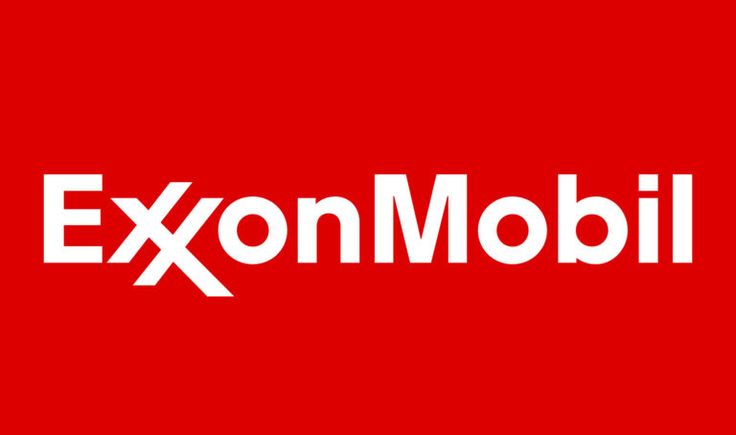Your cart is currently empty!
Exxon Mobil Corporation (XOM): Powering the World

Exxon Mobil Corporation is one of the world’s largest publicly traded oil and gas companies, playing a crucial role in the global energy infrastructure. With a market capitalization of approximately $450 billion, the company is not only a major provider of fuel and petrochemicals but also a key player in the ongoing transition toward low-emission technologies.
Formation and Historical Legacy
Exxon Mobil was formed in 1999 through the historic merger of two legacy companies: Exxon and Mobil. These firms were originally part of the Standard Oil empire, which was famously broken up in 1911 due to antitrust regulations. The merger reunited two of the largest descendants of Standard Oil, creating a vertically integrated energy conglomerate with global operations.
This strategic combination enabled Exxon Mobil to benefit from economies of scale, diversify its energy portfolio, and become a more formidable competitor in the international energy markets. Since then, the company has expanded its presence in over 60 countries.
Core Business Operations
Exxon Mobil operates through three primary business segments:
1. Upstream: This includes the exploration and production of crude oil and natural gas. Exxon Mobil is known for its strong portfolio of assets in North America, Africa, and the Middle East. Its upstream segment provides the raw hydrocarbons that fuel the global economy.
2. Downstream: This segment focuses on refining crude oil into usable fuels like gasoline, diesel, and jet fuel. Exxon Mobil owns and operates numerous refineries across the globe, supplying products to both industrial and individual consumers.
3. Chemical: The chemical segment manufactures and markets petrochemicals used in packaging, agriculture, construction, and consumer goods. Its innovation in polymers and synthetic materials has applications in everything from electronics to healthcare.
Technological Excellence and Innovation
Exxon Mobil invests billions of dollars annually in research and development. Their focus spans across enhancing oil recovery, improving refinery efficiency, and expanding chemical production. More recently, the company has made significant strides in carbon capture, biofuels, and hydrogen technologies.
Just as Tesla revolutionized electric mobility and Amazon transformed e-commerce, Exxon Mobil is working to redefine its role in the energy ecosystem by investing in cleaner technologies.
Sustainability Commitments
Exxon Mobil has set targets to achieve net-zero greenhouse gas emissions from its operated assets by 2050. It is focusing on:
- Carbon capture and storage (CCS) projects to reduce atmospheric emissions
- Advanced biofuels made from algae and agricultural waste
- Hydrogen fuel as a sustainable energy carrier
While the company has faced scrutiny from environmental groups, it continues to position itself as a pragmatic contributor to energy transition efforts, balancing fossil fuel dependence with emerging green technologies.
Global Footprint and Strategic Assets
The company operates in all major energy-producing regions, with significant assets in the Permian Basin (U.S.), Guyana, and the Middle East. It also owns or has stakes in dozens of refineries and chemical plants across Asia, Europe, and the Americas.
This global reach is comparable to other multinational conglomerates such as Berkshire Hathaway and Walmart, whose diversified geographic operations help mitigate regional risks and capture global opportunities.
Financial Resilience
Exxon Mobil Corporation has demonstrated strong financial stability, even during volatile periods such as the COVID-19 pandemic and the 2022 energy crisis. In 2024, the company posted over $35 billion in net income and maintained a solid dividend for shareholders.
Its conservative balance sheet, robust cash flow, and disciplined capital investments place it among the most financially secure energy companies worldwide. These strengths echo the stability seen in companies like JPMorgan Chase and Johnson & Johnson.
Leadership and Strategy
CEO Darren Woods has emphasized long-term planning and capital discipline. Under his leadership, Exxon Mobil has focused on high-return projects and cost optimization. The company is committed to generating shareholder value while aligning with environmental expectations.
Woods’ strategy includes growing core upstream production in high-margin areas while expanding low-carbon ventures to future-proof the company against regulatory and consumer shifts.
Challenges and Adaptation
Exxon Mobil faces multiple challenges:
- Regulatory pressure to reduce emissions
- Competition from renewable energy companies
- Volatility in oil prices
However, the company has proven its ability to adapt. With an expanding research portfolio and a pragmatic approach to the energy transition, it aims to remain competitive in both traditional and emerging energy markets.
Its resilience resembles the adaptive strategies seen in Microsoft and Meta Platforms, which have navigated disruptions while remaining industry leaders.
Future Outlook
Looking ahead, Exxon Mobil plans to:
- Increase production in Guyana and the Permian Basin
- Scale up carbon capture initiatives
- Commercialize hydrogen fuel technologies
- Expand its chemical footprint in Asia
These initiatives aim to ensure both profitability and relevance as the world moves toward cleaner and more sustainable energy solutions.
Conclusion: An Energy Giant in Transformation
Exxon Mobil Corporation continues to be a pillar of the global energy economy. Its legacy in oil and gas, combined with its growing commitment to sustainability, makes it a unique player at the crossroads of tradition and innovation.

Mr. Rajeev Prakash
Rajeev is a well-known astrologer based in central India who has a deep understanding of both personal and mundane astrology. His team has been closely monitoring the movements of various global financial markets, including equities, precious metals, currency pairs, yields, and treasury bonds.
Featured Post
Financial Astrology Terminal
The Financial Astrology Terminal is a web platform that combines real-time U.S. market data (S&P 500, Nasdaq, Dow, Russell, key stocks and commodities like gold and silver) with planetary cycles, giving traders and investors astro-timing signals on top of normal charts and analysis.
